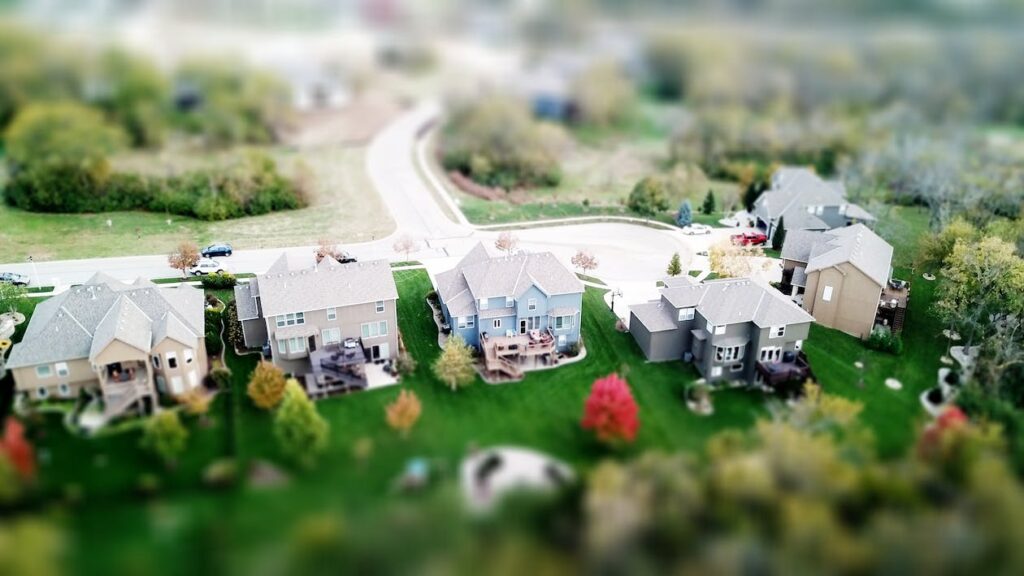
The most significant drops in house prices ever recorded occurred in Sydney, Melbourne, Brisbane, and Canberra during the past quarter, leaving prices in all the capitals $53,000 lower than in March this year.
According to the most recent Domain Home Price Report, the declines have been so severe that house values have fallen below where they were last year in three cities: Darwin at 4.4%, Sydney at 2.8%, and Melbourne at 2%.
Dr. Nicola Powell, director of research and economics at the Domain, blamed the sharp spike in interest rates, which have risen at the quickest rate since 1994, as the major offender.
“Over the September quarter, the impact on Australia’s property market became starkly apparent, and the slump has gained velocity and extended regionally,” she added.
“Many borrowers and prospective homebuyers probably haven’t seen anything like this before, and it’s fair to say that it’s had a big influence on consumer sentiment.
“Rising interest rates and high inflation have reduced borrowing power and raised the cost of mortgages, adding an extra $1482 a month to a $1 million mortgage. High household debt makes people more susceptible to interest rate increases and might worsen the current recession.
Despite this, the news of price reductions may encourage purchasers, especially first-time buyers who had been kept out of the market due to the rising cost of properties.
Sellers will also take solace in the fact that it would take a countrywide price decline of an additional 21.3% to reverse their profits since the pandemic pricing bubble began.
Powell predicted that this quarter would see the worst price declines, notwithstanding the likelihood of more price declines.
She predicted that this quarter would mark the apex of the quarterly drop. “Although the market is still at risk from rising interest rates, the RBA’s slowed pace of increases may help consumers’ attitudes change a little.
“Prospective purchasers are already more aware of their limited borrowing ability and will be planning and pricing in a cushion for more rate rises.”
According to the most recent Domain research, Melbourne and Brisbane saw their median house prices decline by 4.3 percent to $1,028,000 and $811,000, respectively, while Sydney’s dropped 5.2 percent to $1,464,000. Canberra’s median house price dropped the most over the September quarter by 5.8 percent to a median of $1,096,000.
Despite being 6.0%, or $70,000, below their peak in December 2021, Canberran home values are still 29.2%, or $320,000, greater than they were before the current real estate bubble.
Peter Andrighetto, principal of Wright Dunn Real Estate in the ACT, said that markets varied by region, with prices in the Inner North and Inner South remaining stable.
As long as the owners are willing to wait, he added, “We’re still receiving sales even if the market has dropped a little.”
The truth is that we frequently reject homes at auctions, yet they frequently end up selling afterward.
House prices in Sydney are currently down about $132,000, or 8.3%, from their peak in March 2022, but they are still 22.3% higher than before COVID.
In Melbourne, they are down 6% from their peak in December 2021, or around $66,000, but they are still up 14.3% from increases over the previous two years.
Jeremy Fox, director of Melbourne’s RT Edgar, stated that the market has only “cooled off” from a superheated state to what he would term a “normal” market.
It’s just not a booming market anymore. It’s quite balanced. Price reductions are not an emergency.
“I have a strange feeling that these interest rates may be approaching their top and that once they level off and people realize they are leveling down, the market will recover.”
Brisbane’s housing market peaked in June 2022; since then, prices have dropped by $36,000, or 4.3%. However, they are still 13.3% higher than a year earlier.
Although one of only two cities, along with Perth, where house prices exceeded units with a 4.9 percent decline, Darwin’s home price fell by 3.9% over the quarter.
Hobart’s house prices are now down 2.6%, or $35,000, from their peak in March, while Perth’s are down 1.5%, or $10,000, from their peak in June, marking the worst quarterly decrease in home prices.
With a 0.6% increase in home prices throughout the quarter and a new record-high median price of $795,000, Adelaide is the only major city that defied the trend.
However, its upward trend is waning, indicating that it often lags behind other cities’ downward trends.
According to Mathew Tiller, head of research at LJ Hooker, this is a result of both higher borrowing rates and the affordability limits having been hit with such phenomenal growth of up to 30% during the epidemic period.
He added that the number of new listings is relatively modest compared to spring norms, so we don’t anticipate a particularly significant price decline.
“However, with appraisal numbers 3% higher than last year’s, we are observing an increase in the number of people seeking guidance regarding the worth of their properties.
Therefore, it suggests that they will list once the market recovers. However, this is excellent news for buyers because vendors are more prepared to haggle on price, and buyers may take their time and compare options.
Unit prices in the combined capitals are currently 3.9%, or $24,000, behind their December 2021 price peak and would need to decline by another 5.2% to reverse the gain from the price trough in the middle of 2020.
In most capitals, they continue to do better than residences.
Darwin saw the largest drops, totaling 4.9% for the period. Canberra had a rate of 4.2%, Melbourne had a rate of 3.3%, Sydney had a rate of 3.1%, and Perth had a rate of 2.4%.
While they increased in Hobart by 2.9% and Adelaide by 2.5%, Brisbane unit prices stayed the same.
The Real Estate Institute of Australia’s president, Hayden Groves, is optimistic.
I believe the price adjustment we are currently seeing was essential, and [it has] happened directly due to inflationary pressures and interest rate increases, he added. “This typically occurs during a time of rapid expansion.
“When interest rate increases start to slow down, then such drops won’t persist; the market will begin to recover.”








